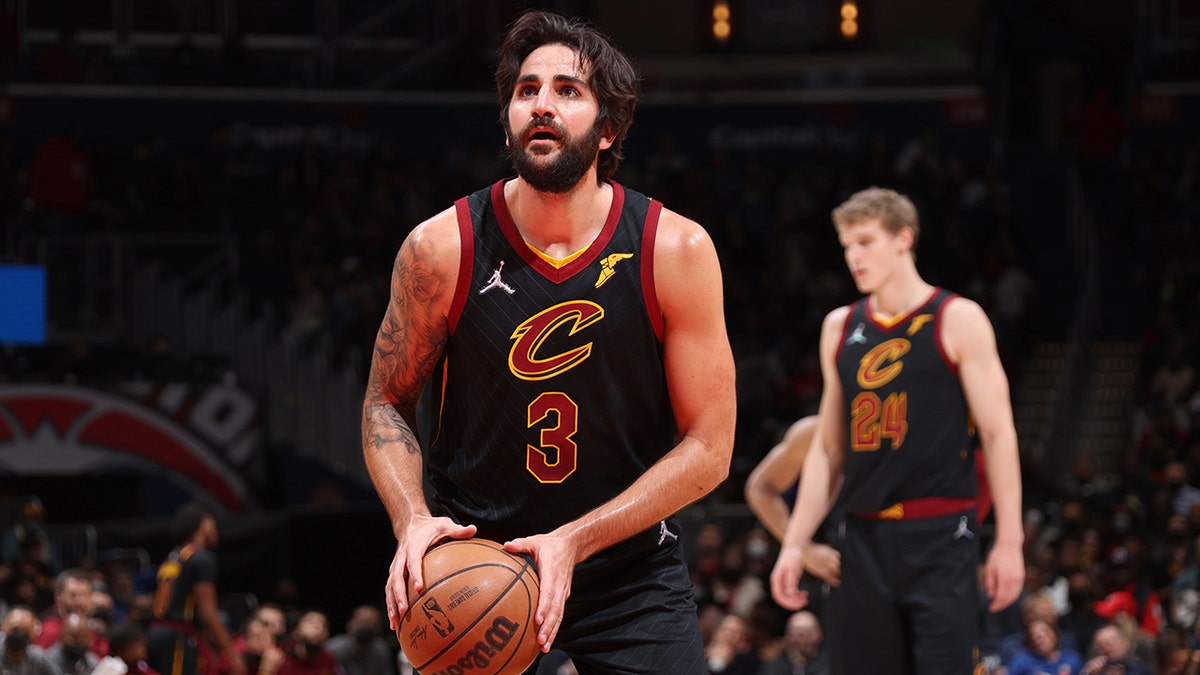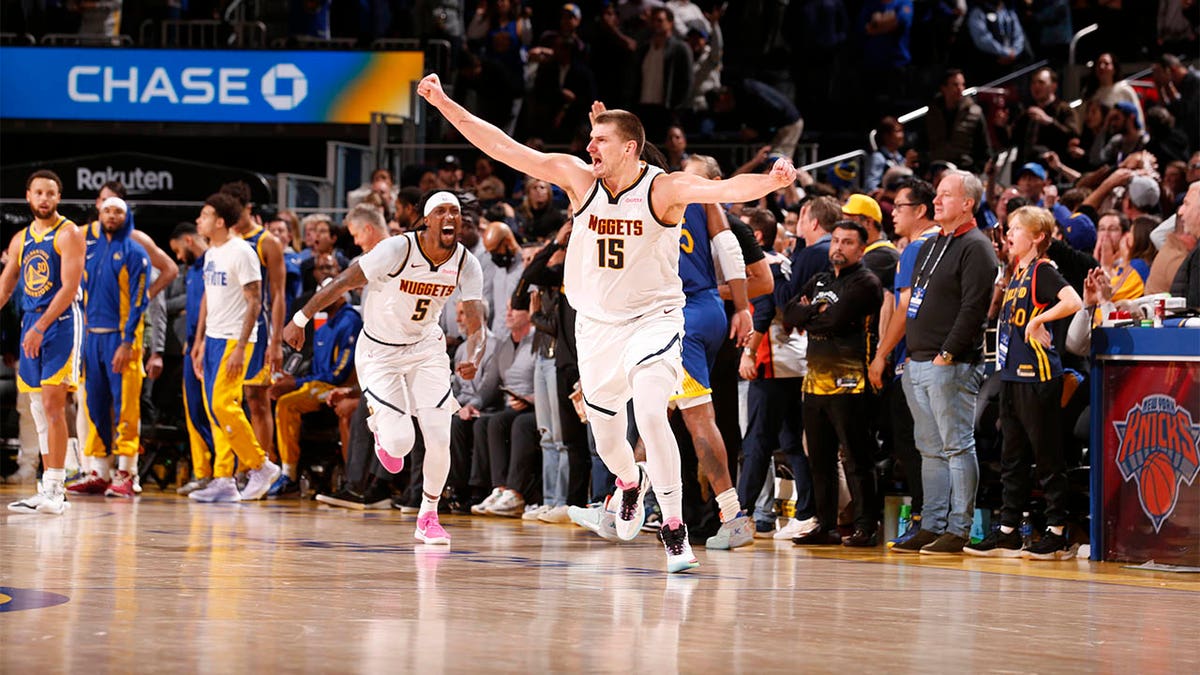The last bedtime of 17-month-old Hayden Fell’s life was heartbreakingly normal. Crib video shows the toddler in pajamas playing happily as his parents and sister sang “Wheels on the Bus” with his twin brother.
The next morning, Hayden’s dad couldn’t wake him. The tot had become one of several hundred seemingly healthy U.S. toddlers and preschoolers each year who suddenly die in their sleep and autopsies can’t tell why. But Hayden’s crib cam was recording all night — and offered a clue.
Seizures during sleep are a potential cause of at least some cases of sudden unexplained death in childhood, or SUDC, researchers at NYU Langone Health reported Thursday after analyzing home monitoring video that captured the deaths of seven sleeping toddlers.
BABY KILLED, ANOTHER BRAIN DAMAGED BY INFECTIOUS BACTERIA PREVIOUSLY RESPONSIBLE FOR FORMULA RECALL: REPORT
Similar to SIDS in babies, SUDC is the term when these mysterious deaths occur any time after a child’s first birthday. Little is known about SUDC but some scientists have long suspected seizures may play a role. In addition to some genetics research, scientists also have found that a history of fever-related seizures was about 10 times more likely among the children who died suddenly than among youngsters the same age.
The new study is very small but offers the first direct evidence of a seizure link. Five of the toddlers died shortly after movements deemed to be a brief seizure by a team of forensic pathologists, a seizure specialist and a sleep specialist. A sixth child probably also had one, according to findings published online by the journal Neurology.
Seventeen-month-old Hayden Fell, of Bel Air, Md., was one of the hundreds of American babies who die in their sleep each year, seemingly without explanation. But the baby monitor camera recording Hayden that night offered a clue. (Fell via Associated Press)
“It’s hard to watch,” said Dr. Orrin Devinsky, an NYU neurologist and the study’s senior author. “We have video which is in some ways the best evidence we may ever get of what’s happened to these kids.”
The recordings can’t prove fevers triggered the seizures but researchers noted several toddlers had signs of mild infections. One, Hayden, previously had such febrile seizures when he’d catch childhood bugs.
That raises a big question: Fever-related seizures are hugely common in young children, affecting 2% to 5% of tots between ages 6 months and 5 years. While scary, they’re hardly ever harmful. So how could anyone tell if occasionally, they might be a warning of something more serious?
BABY IN ALABAMA MAULED TO DEATH BY FAMILY’S PET ‘WOLF-HYBRID’
“I thought he would be fine and it was just a matter of letting this run its course,” said Justin Fell, explaining how multiple doctors told the Bel Air, Maryland, family not to worry whenever Hayden had a fever-sparked seizure. Instead, “it was every parent’s nightmare.”
Laura Gould, one of the NYU researchers, understands that agonizing frustration. In 1997 she lost her 15-month-old daughter Maria to what later was named SUDC — the toddler woke up one night with a fever, was her usual happy self the next morning but died during a nap. Gould later co-founded the nonprofit SUDC Foundation and helped establish NYU’s registry of about 300 deaths — including the first seven videos offered by families — for research.
Gould doesn’t want families to be scared by the new findings — they won’t change advice about febrile seizures. Instead, researchers next will have to determine if it’s possible to tease out differences between those very rare children who die and the masses who are fine after an occasional seizure.
“If we can figure out the children at risk, maybe we can change their outcome,” she said.
It’s hard for autopsies to find evidence of a seizure so using video from home monitors to reevaluate deaths “is actually very clever,” said Dr. Marco Hefti, a neuropathologist at the University of Iowa who wasn’t involved with the study but has also investigated SUDC.
TERMINALLY ILL UK BABY GETS MORE TIME TO LIVE AS PARENTS FIGHT JUDGE TO BRING HER TO VATICAN HOSPITAL
“It’s not that parents need to be stressing out, panicking about every febrile seizure,” he cautioned. But Hefti said it’s time for additional research, including animal studies and possibly sleep studies in children, to better understand what’s going on.
SUDC is estimated to claim over 400 lives a year in the U.S. Most occur during sleep. And just over half, about 250 deaths a year, are in 1- to 4-year-olds.
Sudden death in babies occurs more often and gets more public attention — along with more research funding that in turn has uncovered risk factors and prevention advice such as to put infants to sleep on their backs. But SUDC happens to youngsters long past the age of SIDS. The Fells had never even heard of it until Hayden died.
Hayden experienced his first seizure shortly before his first birthday, when a cold-like virus sparked a fever. Additional mild bugs triggered several more but Hayden always rapidly bounced back — until the night in November 2022 when he died.
Other recent studies, at NYU and by a team at Boston Children’s Hospital, have hunted genetic links to SUDC — finding that some children harbored mutations in genes associated with heart or brain disorders, including irregular heartbeats and epilepsy.
CLICK HERE TO GET THE FOX NEWS APP
Heart problems, including those mutations, couldn’t explain the deaths of the toddlers in the video study, Devinsky said. He cautioned that far more research is needed but said epilepsy patients sometimes experience difficulty breathing after a seizure that can lead to death — and raised the prospect that maybe some SIDS deaths could have seizure links, too.
Hayden’s mom, Katie Czajkowski-Fell, hopes the video evidence helps finally lead to answers.
“His life, it was too precious and too important for us to not try and do something with this tragedy.”




















